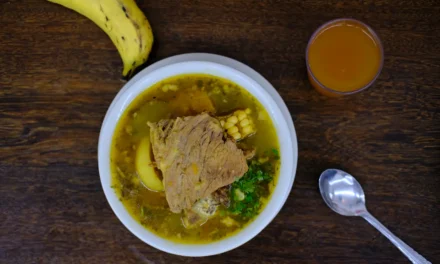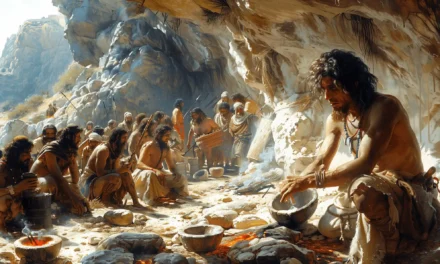Buñuelo’s traditional recipe consists of fried dough that can be either sweet or salty, depending on your preference. It’s a popular dish in many countries in the Iberian-American tradition, so there’s sure to be a variation that you’ll love!
A buñuelo is like a delicious party in your mouth! The crunchy fried dough is shaped like a ball or doughnut and, depending on what kind you get, can be either delightfully sweet or savory.
A Taste of the Roman Empire: Buñuelos
This recipe comes from the days of the Roman Empire. Cato the Elder, who lived from 234-149 B.C., wrote the first description of something similar to buñuelos in his book “De agri cultura”. So, if you want to follow in the footsteps of the greats, simply cook a dough with cheese using oil, butter, or lard.
This recipe is also mentioned in one of the first recorded cookbooks in history, written by Marcus Gavius Apicius. He was a notable figure in the 1st century A.D. This book is full of recipes that are the ancestors of modern Mediterranean cuisine.
While the origins of buñuelos are unclear, we know that they were born out of the commercial exchange between different cultures who lived in the Mediterranean area. This is why you’ll find similar recipes with different names in different parts of the Mediterranean Sea.
From Moorish Spain to the Americas – Buñuelos
After the Roman Empire, the first reference related to buñuelos can be found with the moors who lived in Spain. Buñuelos, as a dessert with honey, became popular among inhabitants from the southern territories of the Iberian Peninsula and occupied low-level jobs. It is also referenced that buñuelos used to be sold by street vendors who would shout “buñuelos, dulces buñuelos!” to announce their goods.
These treats are super popular in places like Seville and Granada, and they’ve even made their way over to the Americas. The Spanish settlers who came over during the colony brought the recipe and adapted it to use local ingredients.

A Cassava Comfort: Colombia’s Cheesy Buñuelos
In Colombia, the recipe for buñuelos was adapted to use cassava sour starch (fermented), corn starch, costeño or fresh cheese, water, or milk. Although there are sweet recipes for buñuelos in Colombia, this is the most popular recipe.
Making buñuelos is a bit like making doughnuts, except you use cassava starch instead of flour. The result is a light and crispy treat perfect for dipping hot chocolate or coffee.
In Colombia, buñuelos are very common for Christmas, particularly for “Novena of Aguinaldos” and for Christmas Eve. This tradition can be found referenced since the colonial period.




